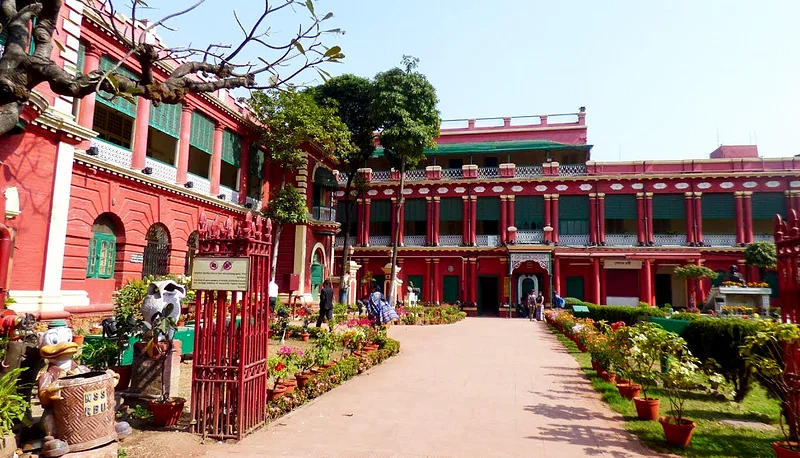.gif)
.gif)

The Calcutta High Court has started live streaming of the proceedings as a trial run. The nearly six-hour-long streaming of the bench proceedings of Acting Chief Justice TS Sivagnanam and Justice Hiranmay Bhattacharyya had over 6,800 views on the first day on Monday.
Streaming is likely to become a common feature and will likely spread to all benches.
In 2018, the Supreme Court declared live television broadcasting of court proceedings as part of the right of access to justice under Article 21 of the Constitution. The court said the judiciary needs to advance with technology to promote greater confidence in the judicial process.
The Supreme Court e-Committee later came up with model guidelines to regulate live streaming of court proceedings in India.
In August 2022, the Supreme Court broadcast live its first proceedings confined to a ceremonial bench bidding farewell to the then Chief Justice of India NV Ramana. A month later, the Full Court decided to regularly live-stream hearings on the constitution, with an e-committee leading the move. Currently, all hearings on the constitution are broadcast live. The High Courts of Gujarat, Jharkhand, Karnataka, Madhya Pradesh, Patna and Odisha have also started live streaming of the proceedings.
The Calcutta High Court was established on 1 July 1862 and is the oldest in India with jurisdiction over West Bengal and the Andaman and Nicobar Islands. In February 2020, the Calcutta High Court allowed the live telecast of the proceedings on the application for admission of children born to Parsi women and non-Pari men to a Zoroastrian place of worship.
Lawyer Phiroz Edulji's Parsi Zoroastrian Association sought permission for the live broadcast, saying the matter was of utmost importance to all Parsis.